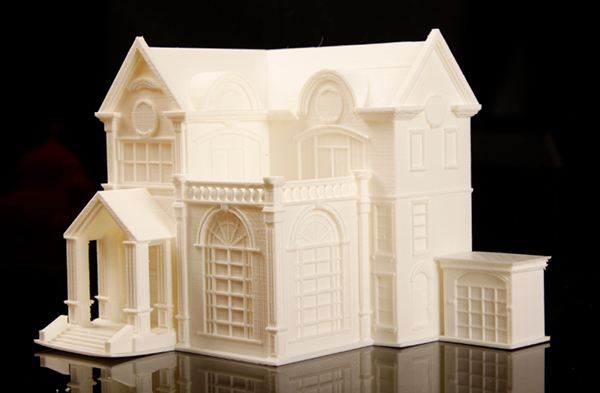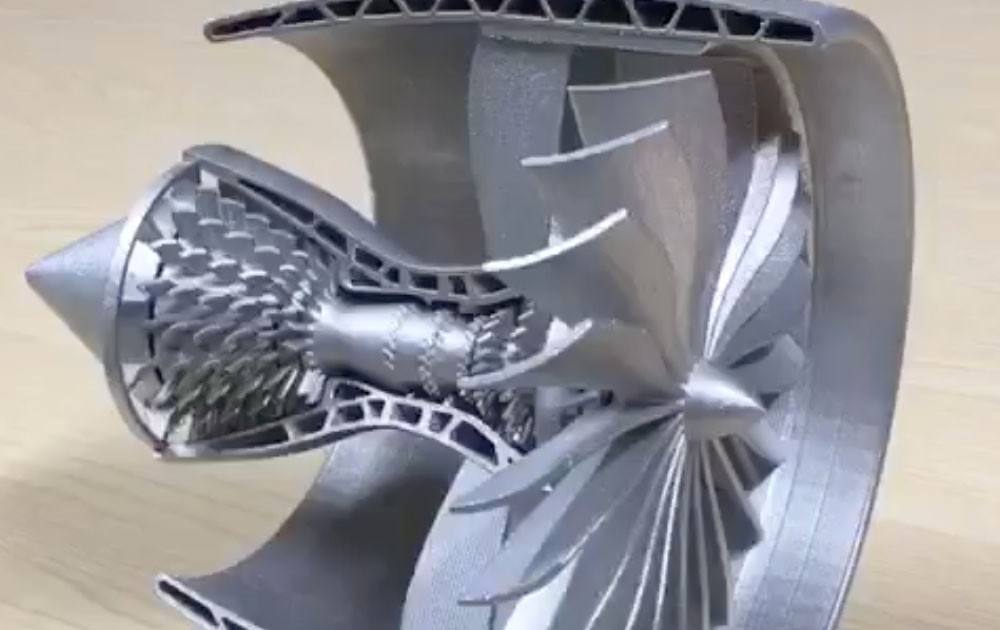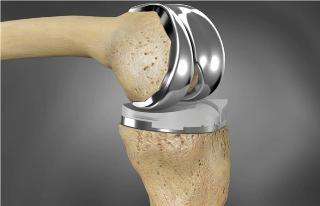Nowadays, several 3D printers for architects have become an industry trend. 3D printing technology is used to print 3D design sketches for customers to check and view. It has become an indispensable auxiliary means in current architectural design.

traditional craft
Traditional architectural models are generally hand-crafted by outsourcing processing. They are often made of various materials such as cardboard, KT board, RC board, plastic rod, transparent film, PVC board painting, sculpture building department, etc. Longer, labor costs are too high, and the cycle is long, the detail accuracy is low, etc...

3D printing aid
Understand customer needs → concept design → 3D modeling → 3D printing out → modify and complete → customer confirmation → start the project.




Application advantage
1. Save time, convenience and reduce costs
3D printing can be formed in one step, which perfectly presents the designer's architectural creativity, which is convenient and time-saving, and saves costs. It avoids many procedures such as engraving building parts and overall combination. The cost is only less than 1/3 of the past, but it saves more than two-thirds of the time, completely shortening the cycle.
2. Easy to modify, quicker solution
Using a 3D printer, you can directly print out the designed 3D drawings directly. If they are not suitable, they can be modified immediately. In a shorter time, more details can be presented and the construction plan can be finalized more quickly. Not only greatly reduces the threshold of manufacturing, but also better meets the needs of individualization and customization. Compared with traditional sand table production, it has an incomparable advantage and will definitely be a major development trend.
3. Break through shape constraints and reflect more detail accuracy
In the process of traditional production, once there is a complex display form such as hollowing out, there are often technical and manual limitations. The later carvings are prone to human error, and the 3D printed architectural model breaks through. The shape limitation greatly satisfies the designer's perfect presentation of the individual architecture, and can further show the designer's talent.
4. Reduce dependence on labor
One of the traditional unparalleled advantages of 3D printing for complex architectural model making is the reduction of labor dependence. For complex architectural models, the traditional approach is to carefully craft the design drawings step by step, the drawbacks are slow and easy to have errors.





